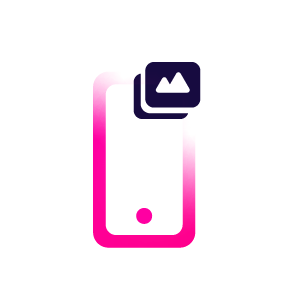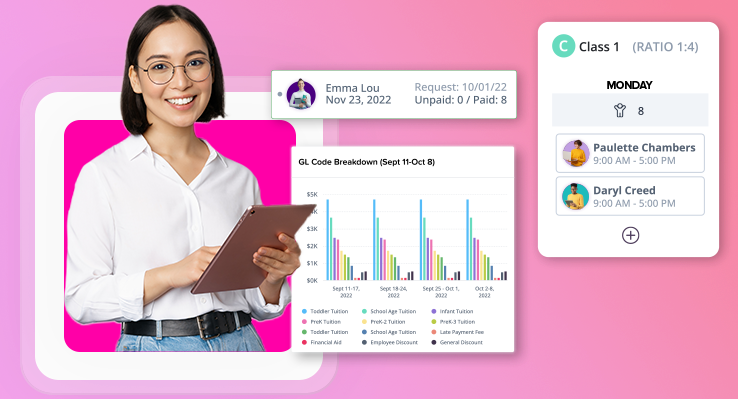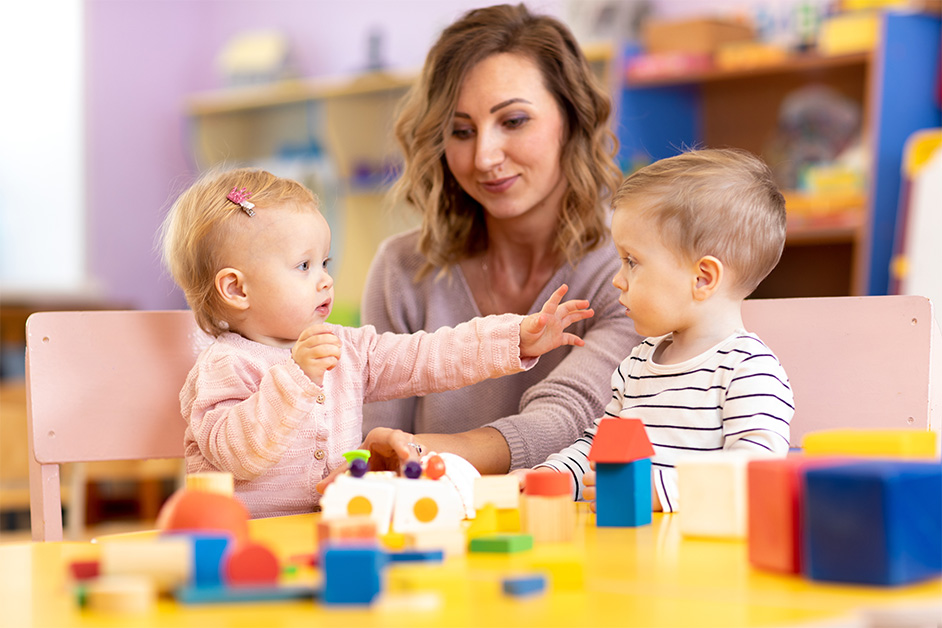As you are operating your childcare center, you are most likely taking all of the necessary precautions as outlined by the CDC, like scheduling regular cleanings, requiring your staff to wear masks, and limiting the number of people who enter your facility. You may also want to consider creating a plan in the event a child or one of your staff members is infected with COVID-19. Creating a plan will help mitigate the spread of the virus at your center and also give you confidence knowing you have a strategy in the event an infection pops up at your center.
Conduct Regular Health Screenings For Symptoms
Regularly checking children for symptoms can be helpful in preventing the spread. Taking temperatures at check-in and throughout the day can help you monitor the children within your care. Kanagrootime conveniently offers a place to store health checks for children within our software so you can keep all of the important information about your children in one place. Kangarootime also offers a Health Screening feature so parents can verify the health of their child before entering your center through a series of questions.
Another precaution you can take is to ask the parents at drop-off if anyone within the household has experienced any symptoms since the child was last checked in. Having a sign of the symptoms posted near your entrance (the CDC created this symptom sign) can also be helpful to keep symptoms top of mind during check-in. Your state may have additional screening procedures, so make sure to check your state’s Office of Child and Family Services (or your state’s equivalent) website for the most up-to-date guidelines for properly screening children and family members who come to your center.
Policies and Procedures
One of the best precautions you can take is to establish policies and procedures and communicate them to parents. Consider all of the scenarios in which an infection can occur—a child becomes ill, a staff member tests positive, a family member starts displaying symptoms, etc. You might not need to create a policy for every single scenario, but it will help to think through these situations so you can craft policies and procedures to protect your children, staff and your center.
You should also check with your local Child Care Resource & Referral (CCR&R) agency and the Department of Health to see if it is necessary to report any COVID-19 cases to either organization. CCR&R and/or the Department of Health may also have further guidance or requirements if you have a positive case at your center.
Child or Staff Member Becomes Infected or Displays Symptoms
You will want to plan accordingly if a staff member or child starts to display symptoms of and/or tests positive for COVID-19. If a child or staff member becomes infected, you may decide to communicate that to families that someone they have been in close contact with has tested positive for COVID-19 so they are able to self-monitor (and in some instances for staff, you may want them to self-isolate).
For staff members who come into contact with someone who has tested positive, you will want to consider offering additional time off for self-isolation or utilize the federal paid leave act to offset the pay for an employee while they self-isolate (some states are offering funds as well for this purpose).
If the Infection Occurs Outside of Your Center
Parent, Guardian, or Someone in Household Becomes Infected
The children in your care may come into contact with someone who becomes infected with COVID-19. You will want to draft a policy about this and communicate it to your parents. If you are going to ask that the child stay home from care if someone in their household becomes infected, indicate how long they should stay home, if they will be charged for care and when it is safe for the child to return to care.
If Suspected Infection Occurs at Your Center
First, consider what you would do if a child starts to display symptoms for COVID-19 while they are at your center. You will want to ensure that they are separated from the rest of the children and your staff. Designate a room where the child should stay and a staff member who should stay with them until a parent or guardian can pick them up. In the event that this situation occurs, you may want to contact parents—see the communication section about informing families.
Cleaning & Closure
You most likely have increased how frequently your center is cleaned and have your staff vigilantly cleaning high-traffic surfaces. You will want to create a cleaning procedure, document it, and then document every time a cleaning takes place. In the event a child or staff member tests positive or displays symptoms of COVID-19, you may want to do an intensive cleaning (and even consider closing your center to conduct a thorough cleaning). The CDC has guidelines for cleaning and disinfecting community facilities and make sure that you are using EPA-approved disinfectants for use against COVID-19.
By splitting your children into groups that do not interact with one another, you may avoid having to close your entire center when an outbreak occurs. If you do decide to close a classroom or a center down for cleaning and to allow individuals to self-isolate, consider how long they should stay home before returning to the facility. The CDC offers guidelines on different scenarios and how long individuals should self-isolate.
Communication
Once you establish your plan, communicate it to your staff and families. Your staff members will be better prepared to respond in the event a child or staff member begins displaying signs of COVID-19. Families will feel more at ease knowing you have a plan in the event a COVID-19 infection occurs at your center. Kangarootime’s Navigating Your Center’s Reopen With Families includes further information about effectively communicating with families.
Regularly Communicate to Families:
- Symptoms of COVID-19: Since it’s a new virus, experts have continued to add new symptoms of COVID-19. Ensure that your families are aware of the symptoms so they know if they should keep their child(ren) out of care.
- COVID-19 Policies: Remind your families of your new policies often. It’s easy to become lenient on policies after a while, but if you regularly communicate them, they will always be top of mind.
- Precautions your center is taking: Reassuring your families about the precautions you are taking will instill confidence and trust in you and your center.
Regularly Communicate to Staff Members:
- Symptoms of COVID-19: Since it’s a new virus, experts have continued to add new symptoms of COVID-19. Ensure that your staff members are aware of the symptoms so they know if they should stay home.
- Your sick-time policy and state’s policy: If your staff member tests positive for COVID-19 or needs to quarantine due to an exposure, they will need a thorough understanding of your sick-time policy. There are federal funds and some states have designated funds to cover the cost of paid sick time in the event an employee needs to quarantine.
- Reminders about preventative actions: Remind your staff about wearing masks and encourage them to practice social distancing outside of work.
Kangarootime’s in-app messaging to staff members makes communication easy. All messages go directly to your staff’s smartphone.
Communication in the Event of a Positive Case
If you do have a COVID-19 case associated with your center (whether it’s a child or staff member), you will want to decide if you should communicate this with families. This will depend on the circumstances, but you should think through what you want to say for the comfort and safety of everyone involved.
Consider the following points:
- If the individual who had the infection was a staff member or child
- If the individual was at your facility when showing symptoms
- The steps you are taking (pulled from your action plan)
- If you need to close a classroom/center
- If the child needs to self-monitor/self-isolate due to exposure
- If you contacted the Department of Health for further instruction
Hearing of an infection at your center may concern parents, but if you are transparent and effectively communicate your action plan, your families will have confidence in your ability to protect their children.
While you hope that a COVID-19 infection never occurs at your childcare center, the best course of action you can take is to create a plan in the event this happens. This will help you swiftly respond to the situation and keep your team in coordination with your plan. For more information from early education experts on reopening your center, see Kangarootime’s Administrators Guide to Reopening Your Childcare Center.
Please note that this is for educational purposes only and should not be considered legal advice.

















